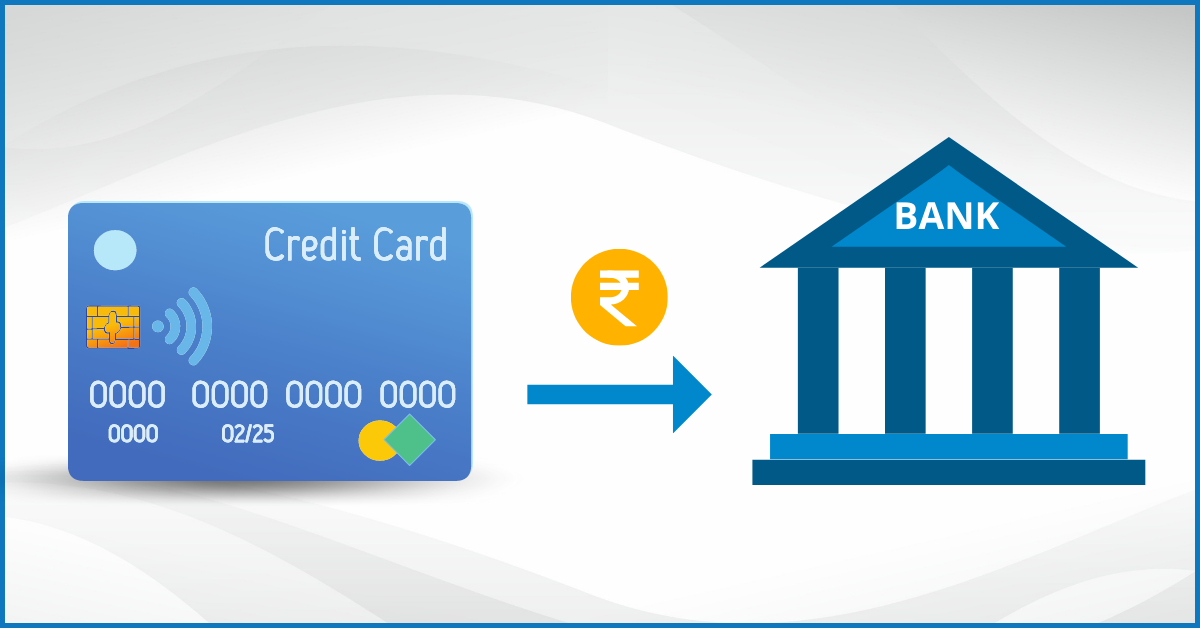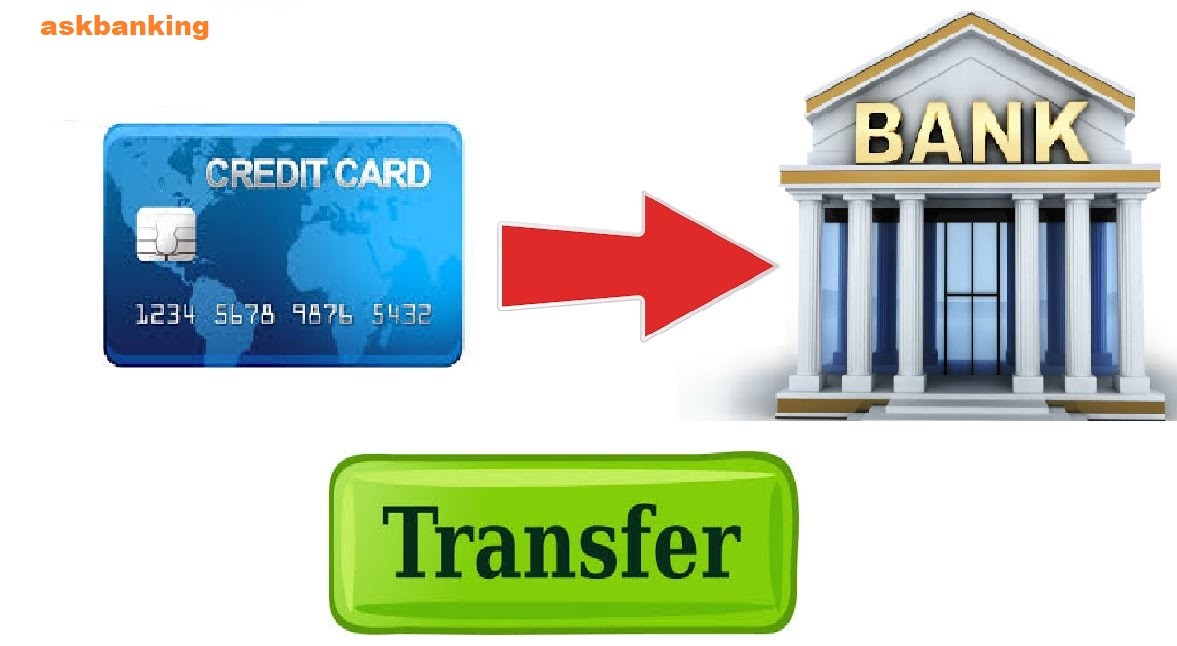How To Transfer Money From Card To Bank Account

In today's fast-paced digital age, the ability to seamlessly transfer funds between different accounts is paramount. Navigating the various methods for transferring money from a debit or credit card to a bank account can feel daunting, especially with the ever-evolving landscape of financial technology.
This article delves into the established and emerging methods for transferring funds from a card to a bank account. We will explore options such as using third-party payment platforms, direct card transfers offered by some financial institutions, and leveraging digital wallet services. The aim is to provide a comprehensive understanding of each method's process, security considerations, and potential fees.
Understanding Your Options
Third-Party Payment Platforms
Platforms like PayPal, Venmo, and Cash App are incredibly popular for transferring money.
These services typically require you to link both your debit/credit card and your bank account to your profile. After linking your accounts, you can initiate a transfer from your card balance to your bank account.
Be aware that these platforms may charge fees for instant transfers from your card to your bank account, while standard transfers may take a few business days but are often free.
Direct Card Transfers
Some banks and credit unions allow you to directly transfer funds from your debit or credit card to your bank account through their online banking portals or mobile apps.
This method often involves adding your card details to your profile and then initiating a transfer request, specifying the amount you wish to transfer.
Check with your financial institution to see if this is offered and understand any associated fees or limitations.
Digital Wallets
Digital wallets like Apple Pay and Google Pay offer another avenue for transferring funds, although indirectly.
While they don't typically allow a direct transfer from your linked card *to* your bank account, you can potentially use them to send money to someone else who can then deposit it into your account or transfer to another platform and then to the account.
This is dependent on platform policy, which requires a user to have a debit card linked to their account.
Using a Card as a Funding Source for a Bill Payment
Certain bill payment services or even your bank's online bill pay system may allow you to fund payments using your debit or credit card.
You can then pay yourself, effectively moving the funds from your card to your bank account indirectly.
However, these services sometimes charge a fee for using a credit card, as opposed to a bank transfer.
Security Considerations
When transferring money online, security is paramount. Always use strong, unique passwords for your online accounts and enable two-factor authentication whenever possible.
Before using a new payment platform or service, research its security protocols and read user reviews.
Avoid sharing your card details or banking information over unencrypted channels, such as email or public Wi-Fi.
Fees and Processing Times
Transfer fees vary widely depending on the method used.
Some platforms offer free standard transfers, while others charge a percentage of the transaction amount for instant transfers.
Processing times can also vary, with some transfers completing within minutes and others taking several business days.
The Future of Fund Transfers
The landscape of fund transfers is constantly evolving, with new technologies and services emerging regularly.
Expect to see increased integration between different platforms and a greater focus on speed, security, and convenience.
Blockchain technology and cryptocurrency may also play a larger role in the future of fund transfers, potentially offering faster and cheaper alternatives to traditional methods.
Ultimately, the best method for transferring money from a card to a bank account depends on your individual needs and preferences. Carefully consider the fees, processing times, and security implications of each option before making a decision.


















